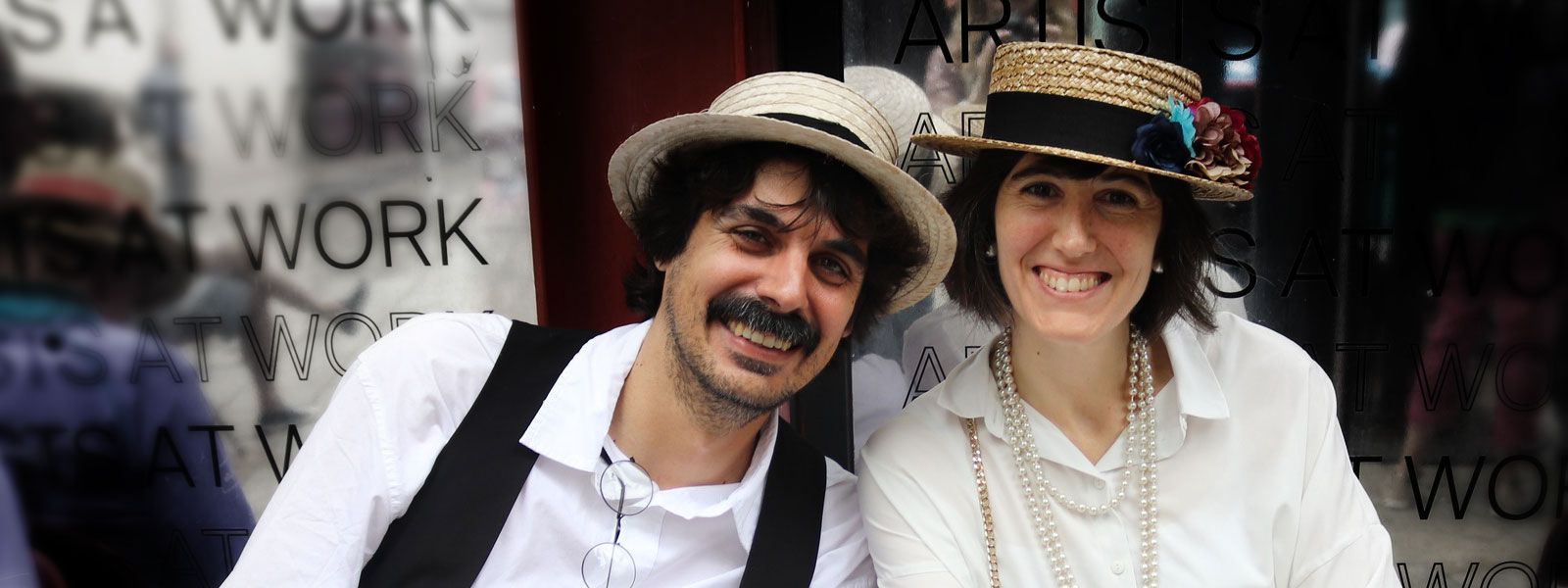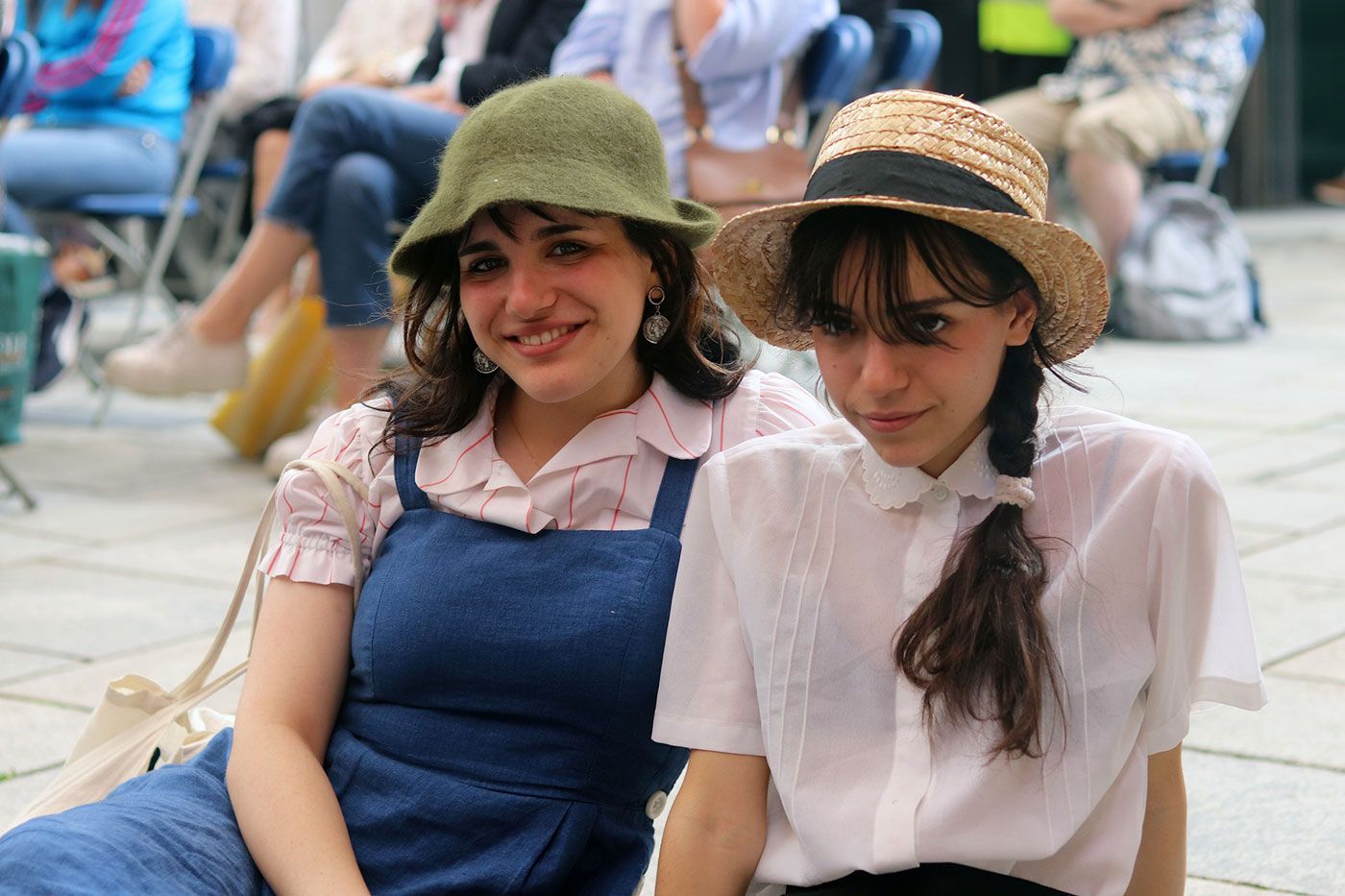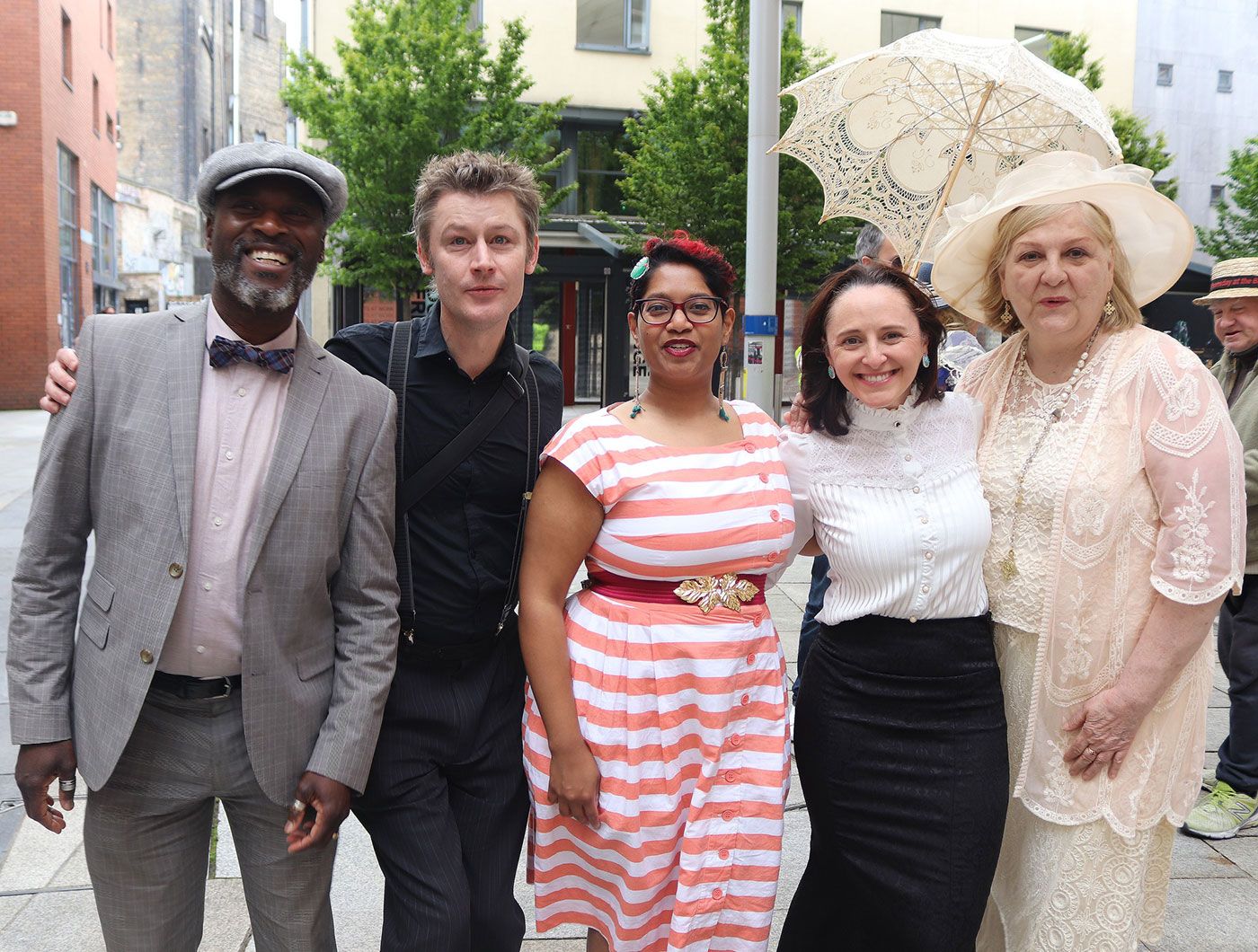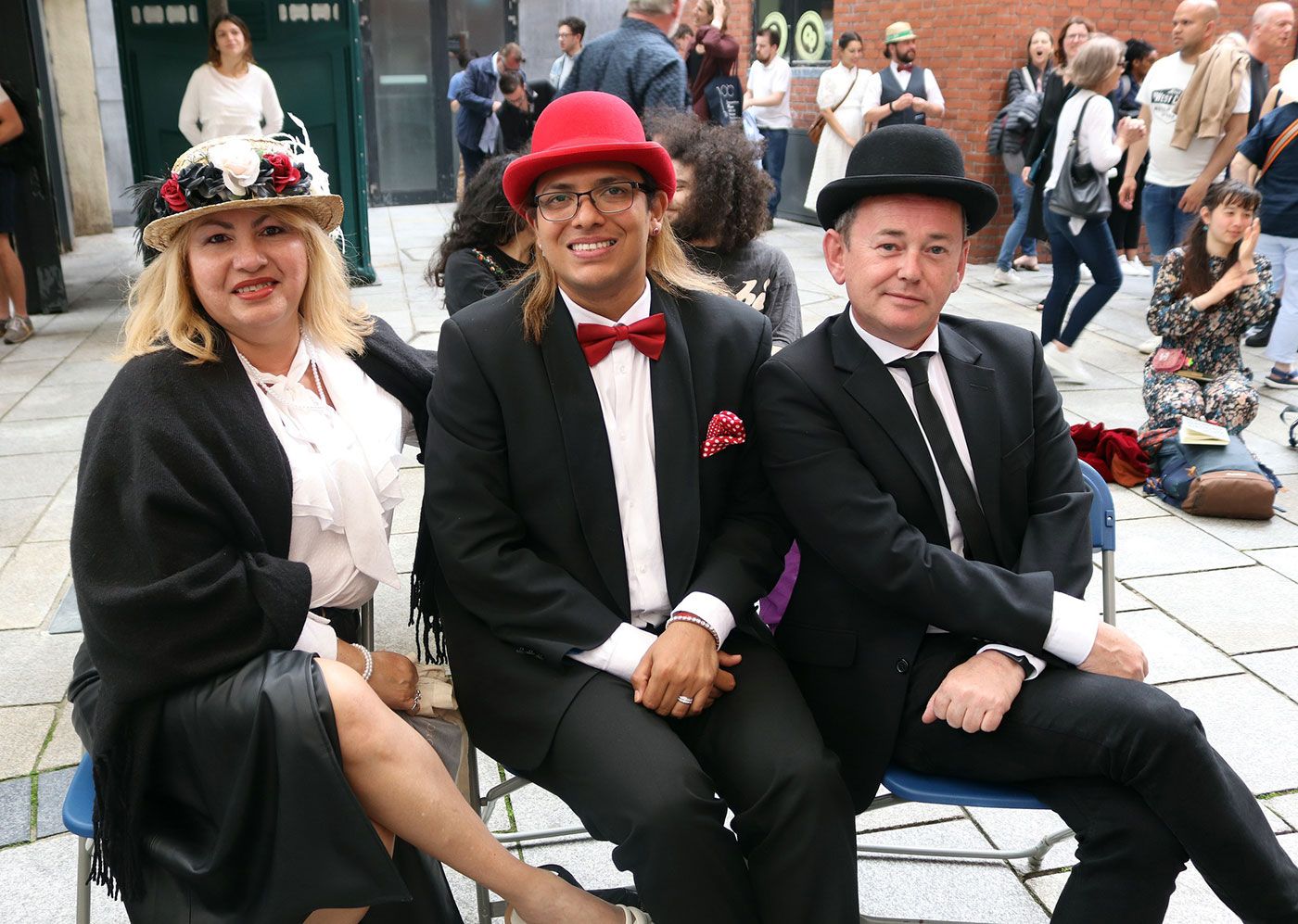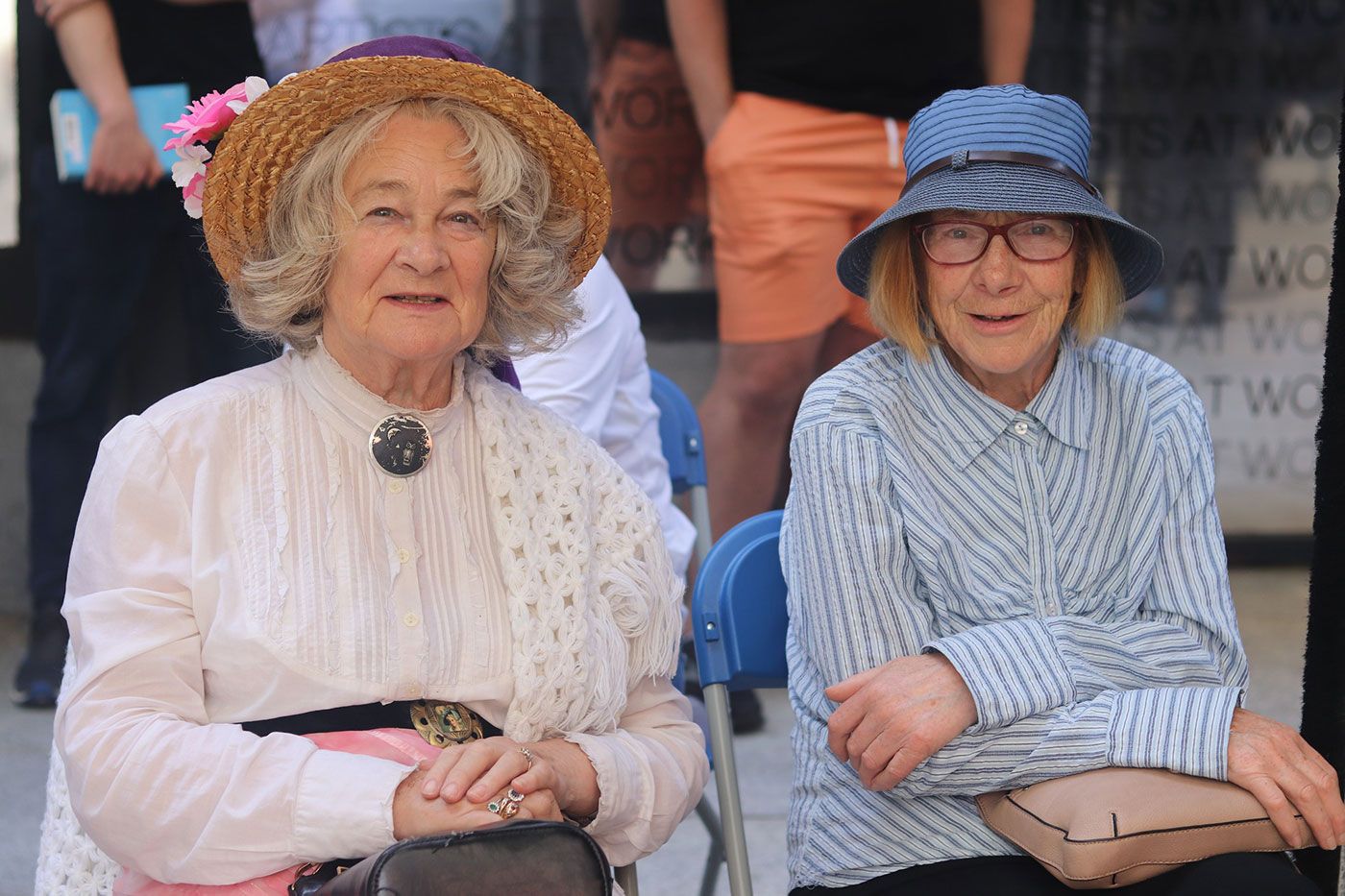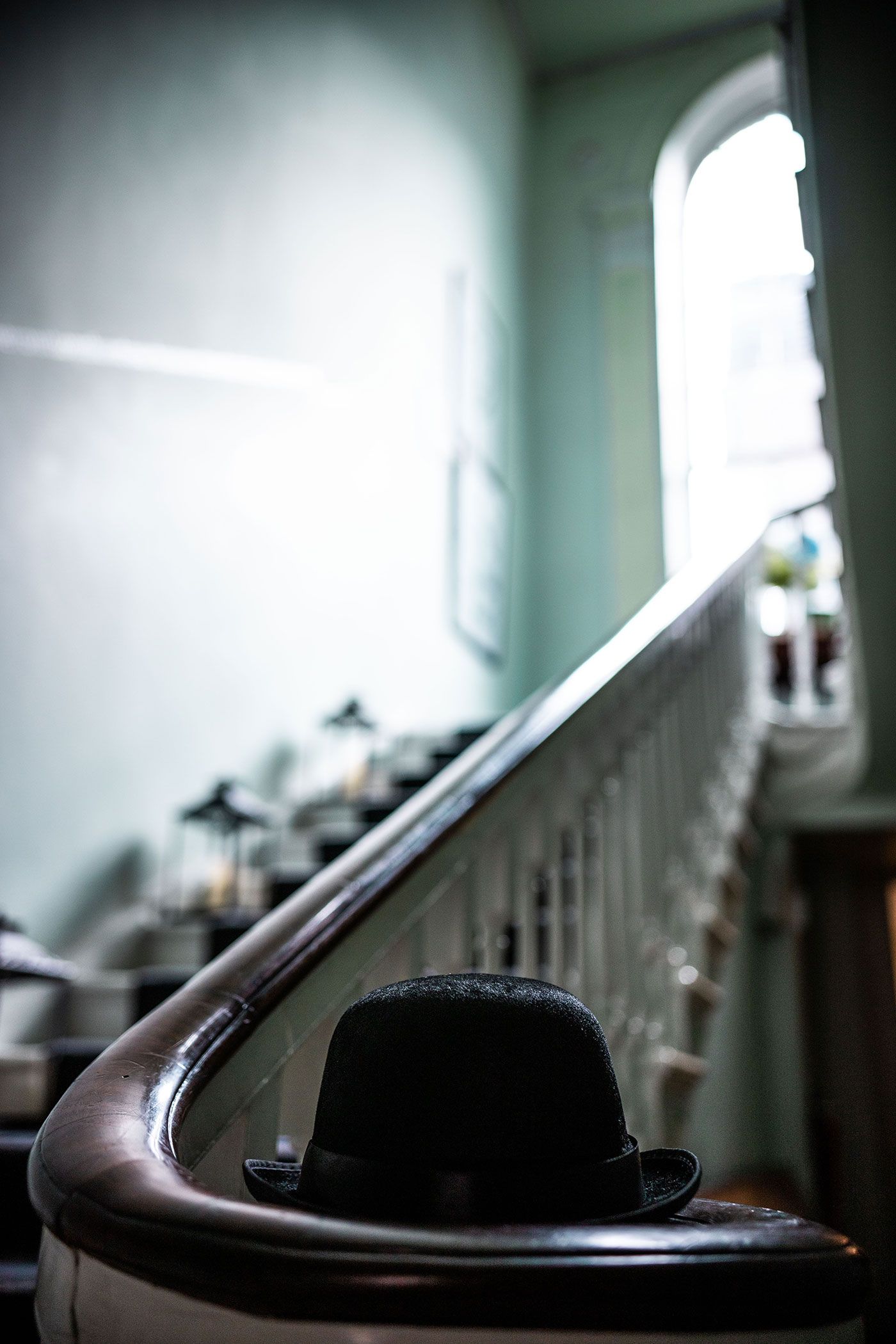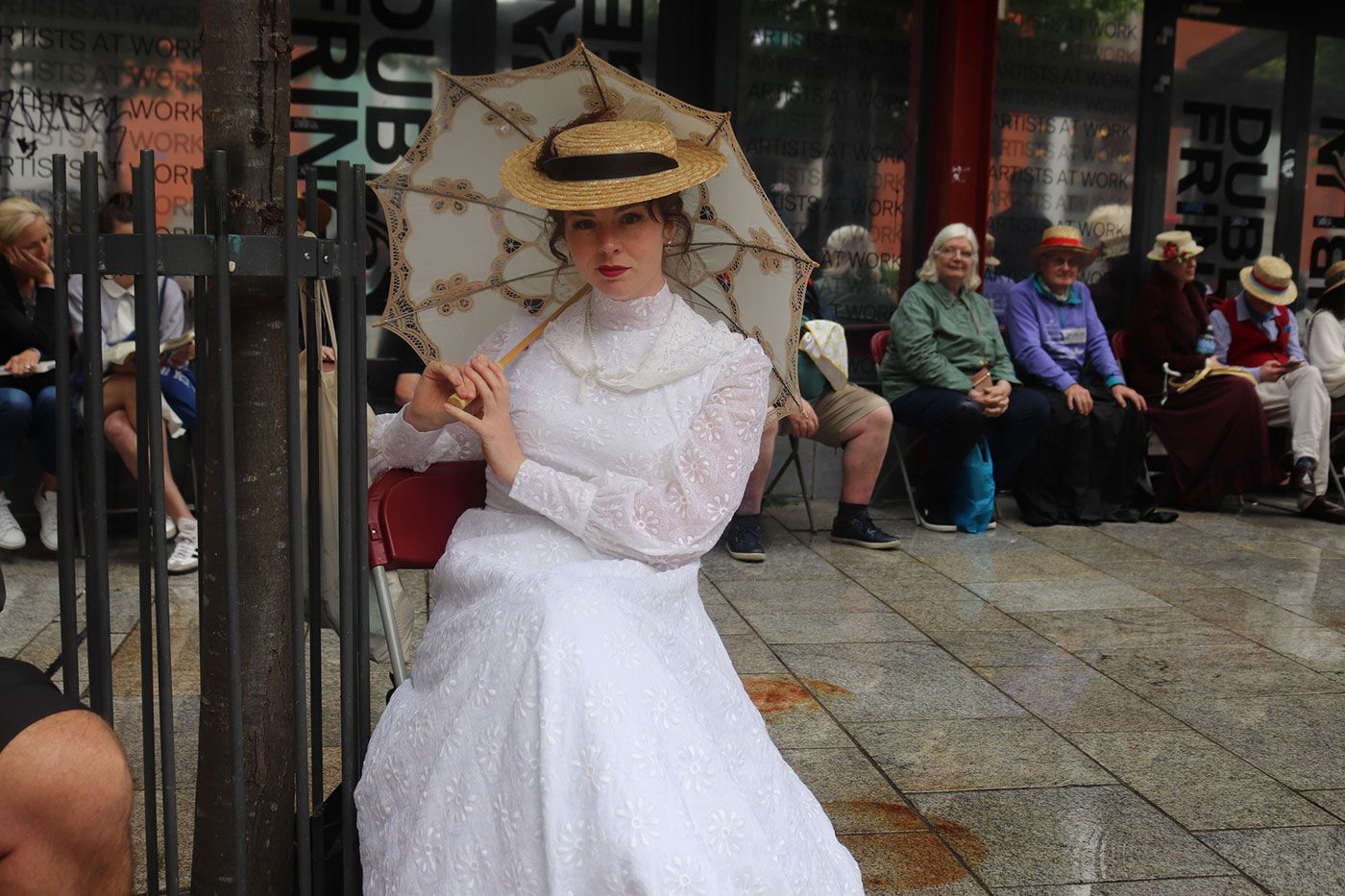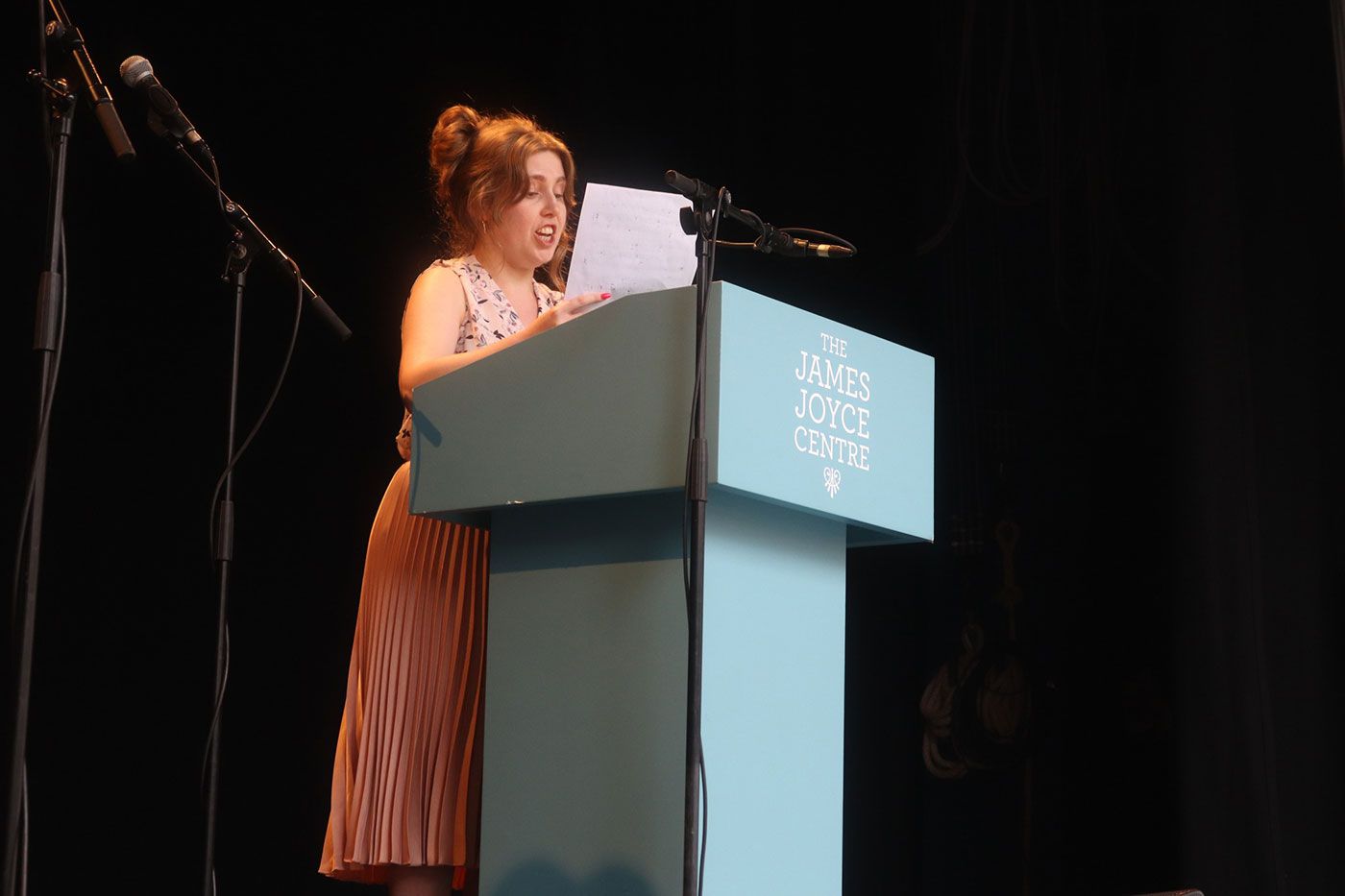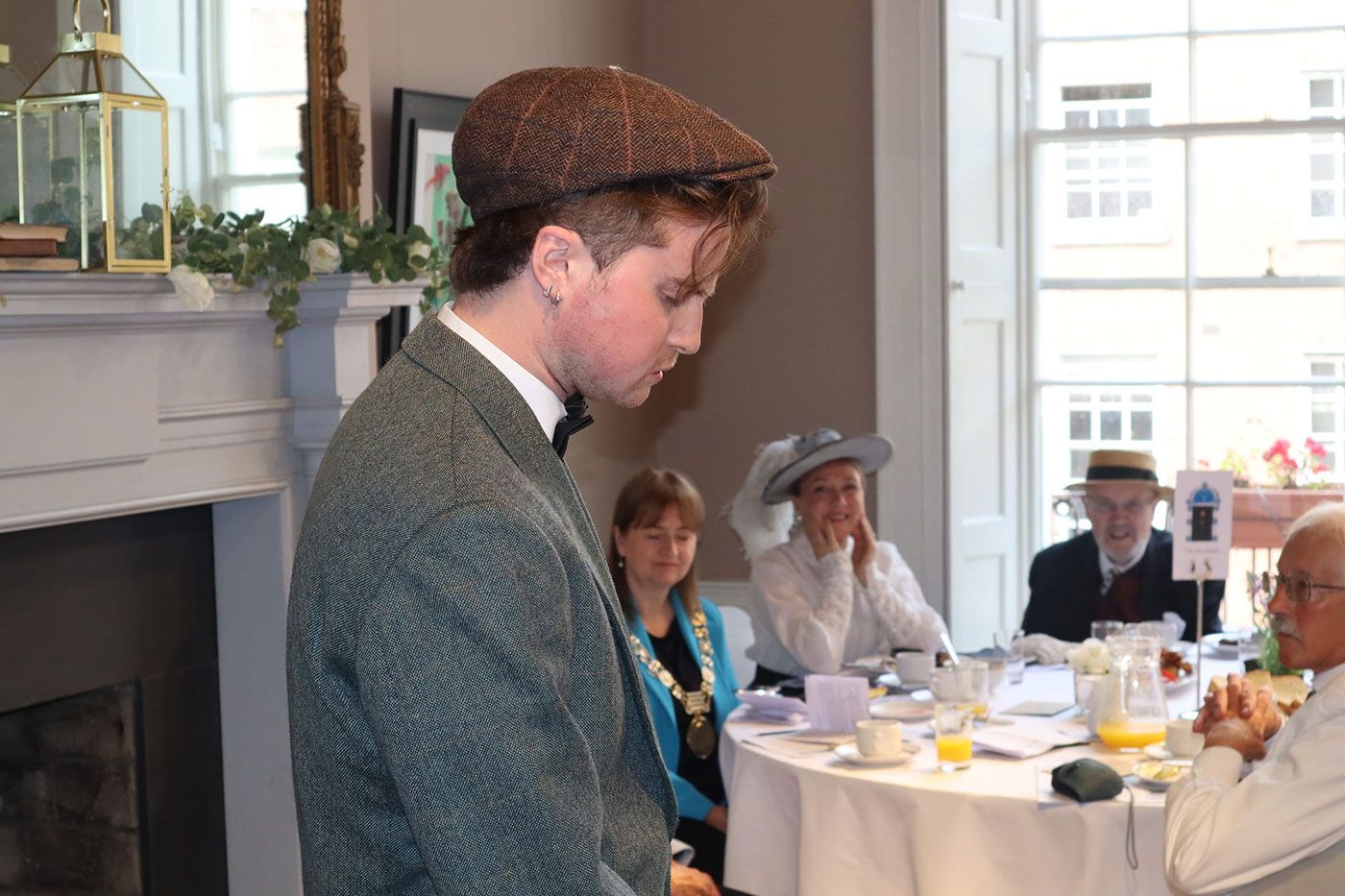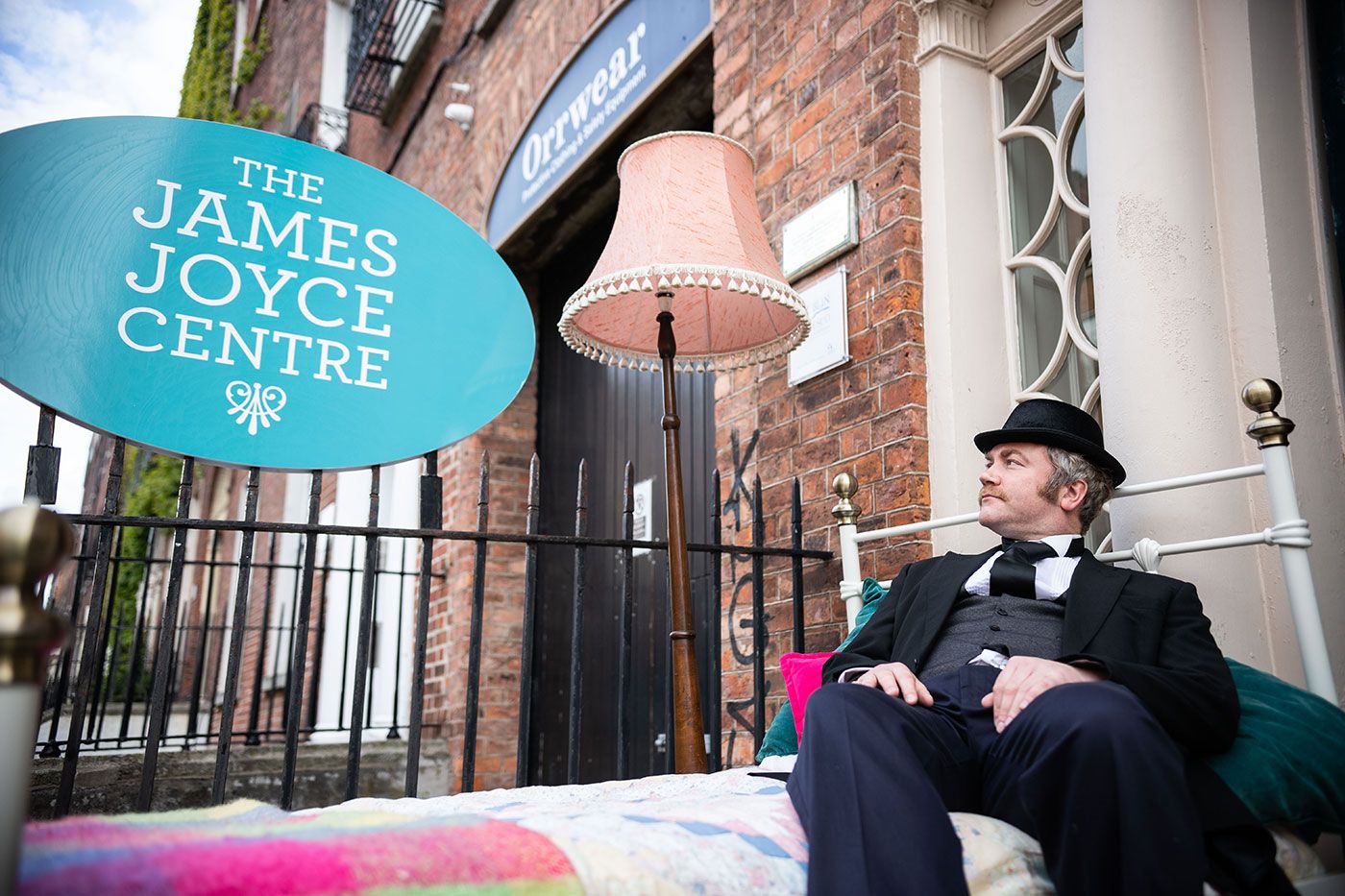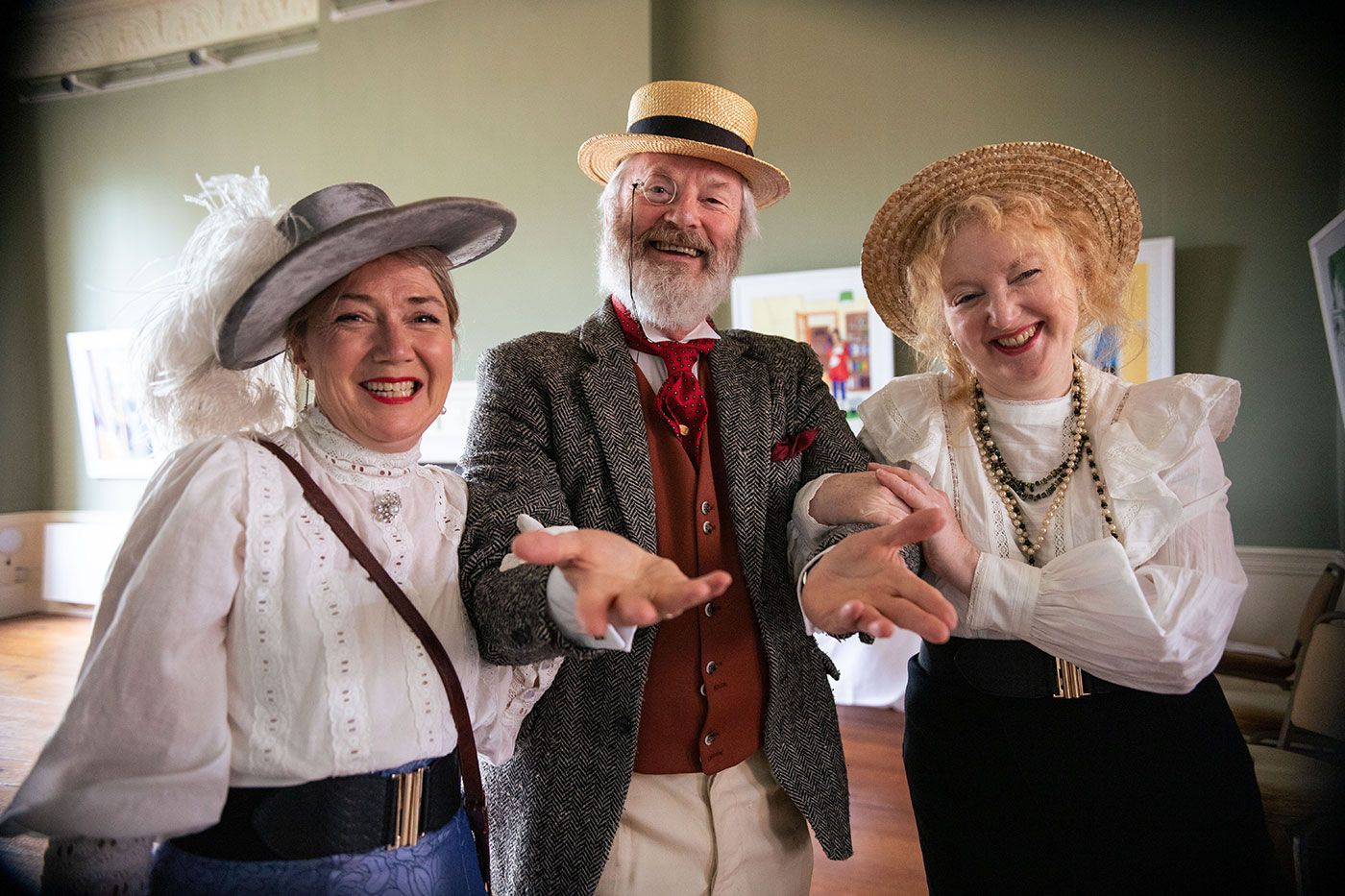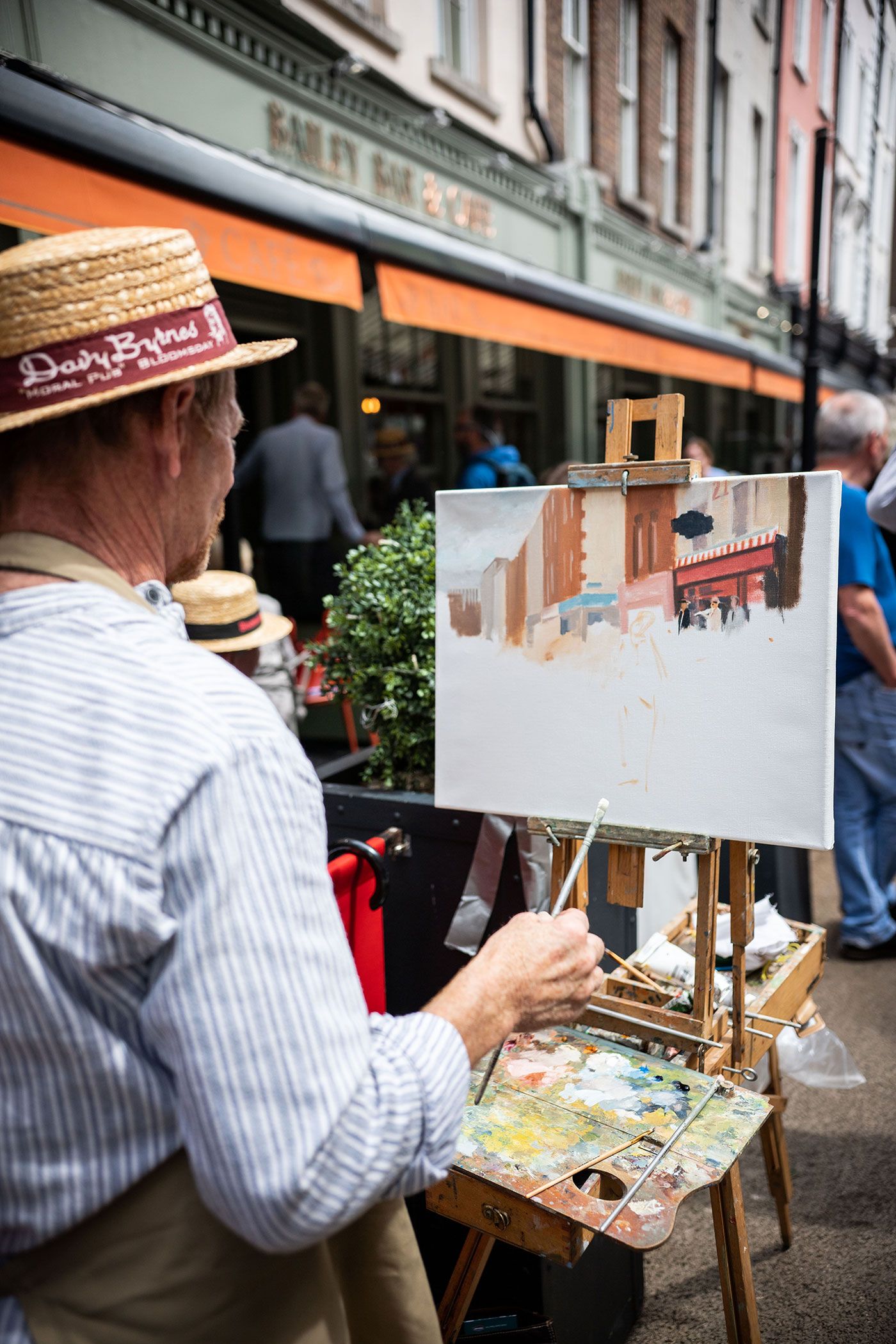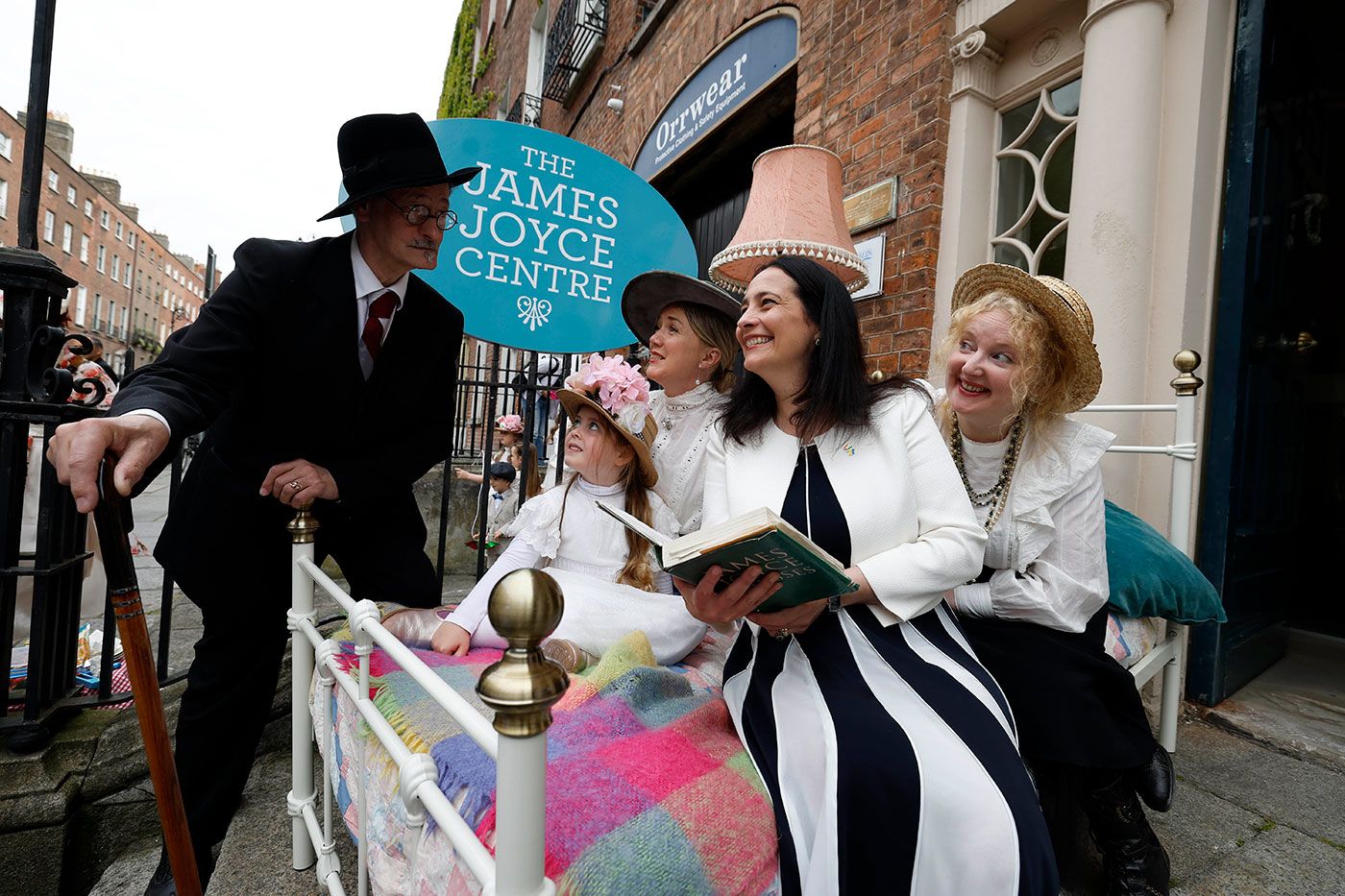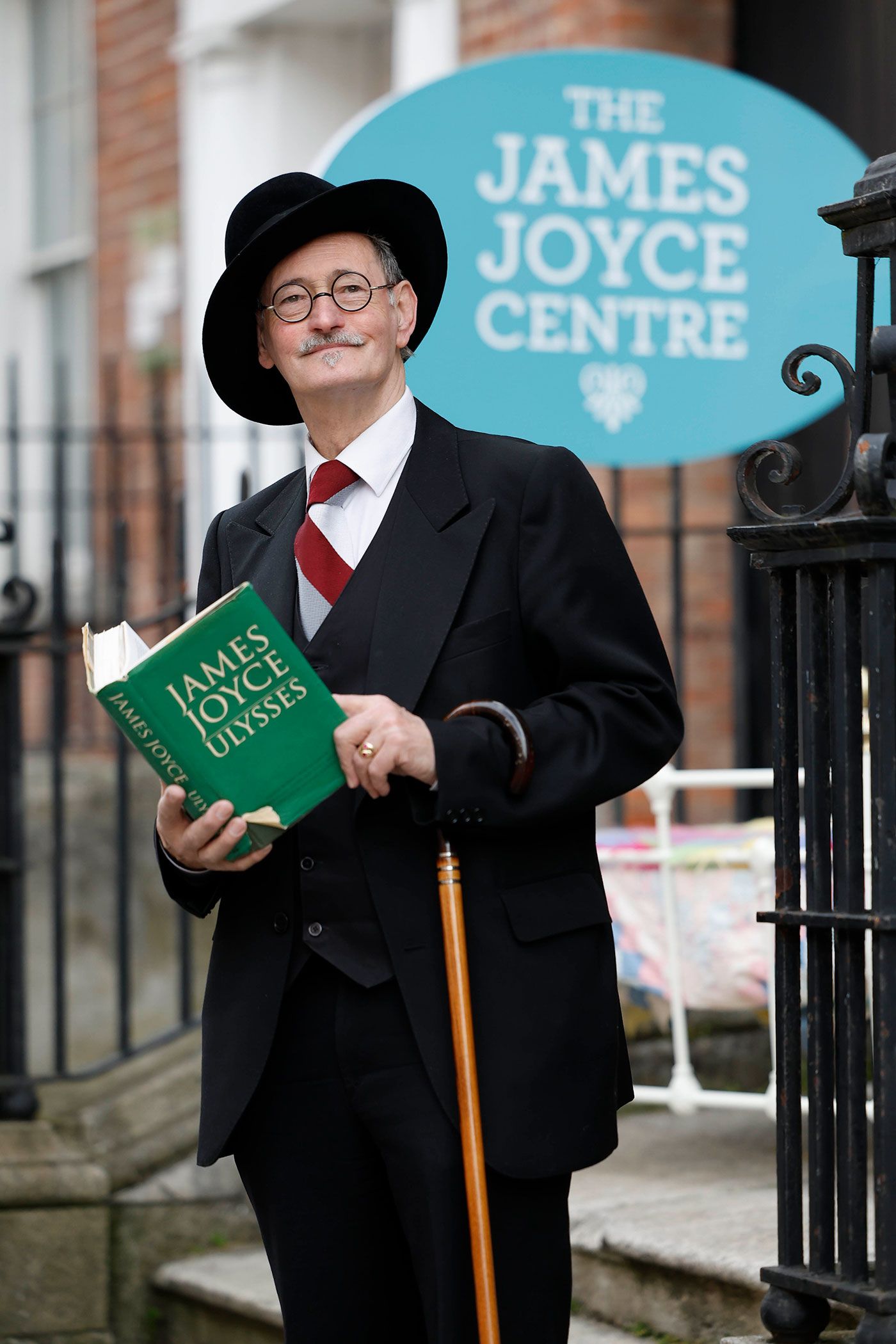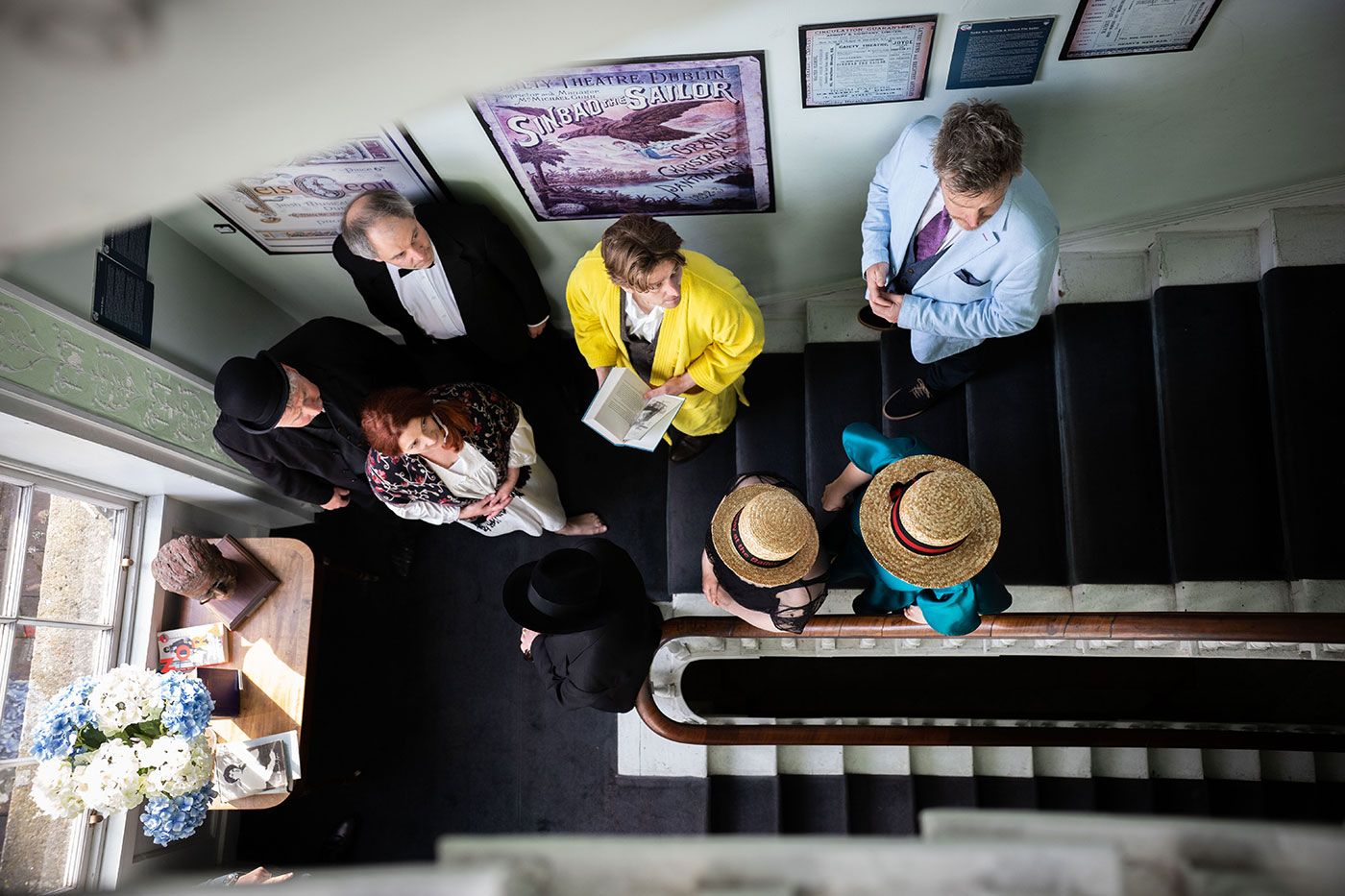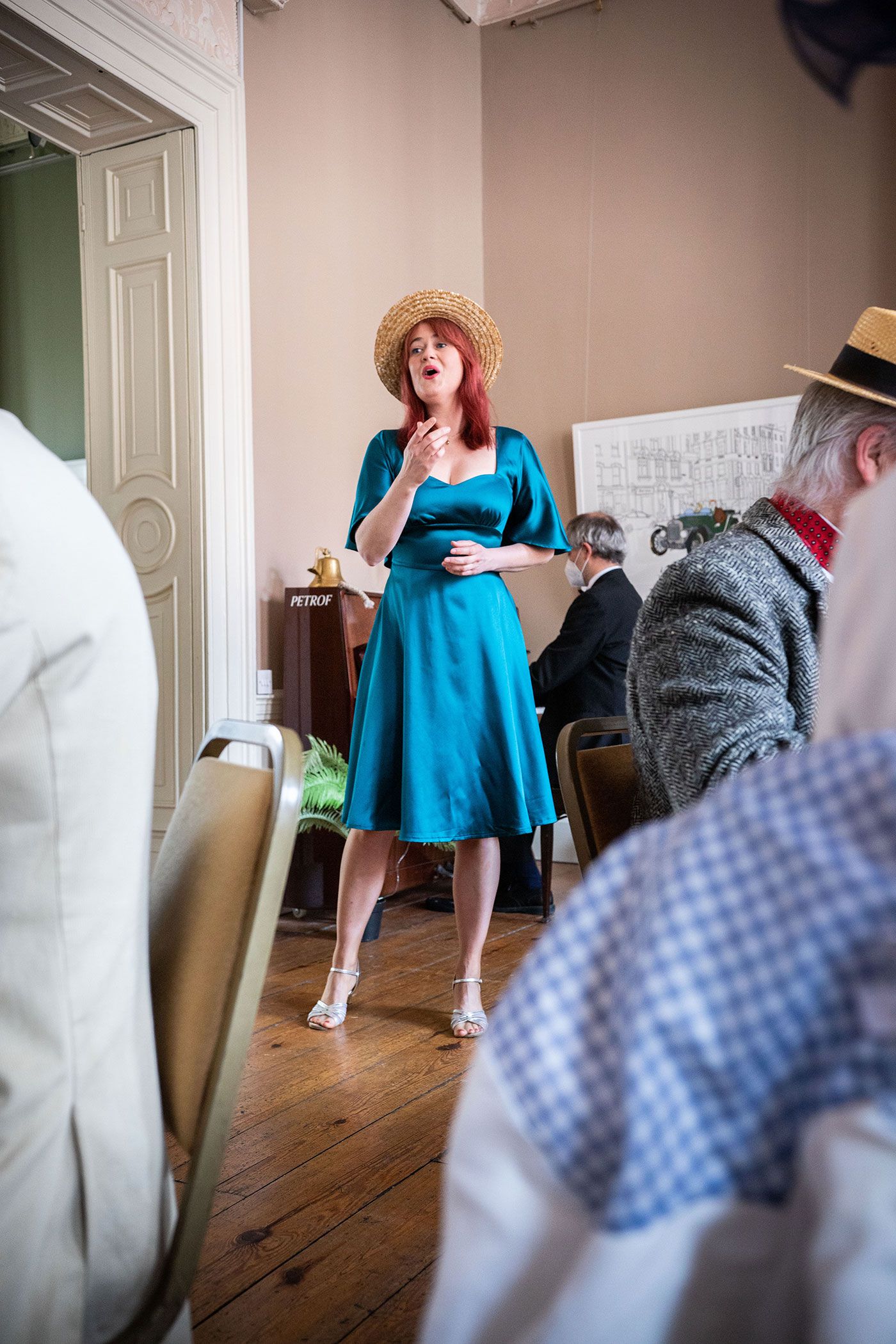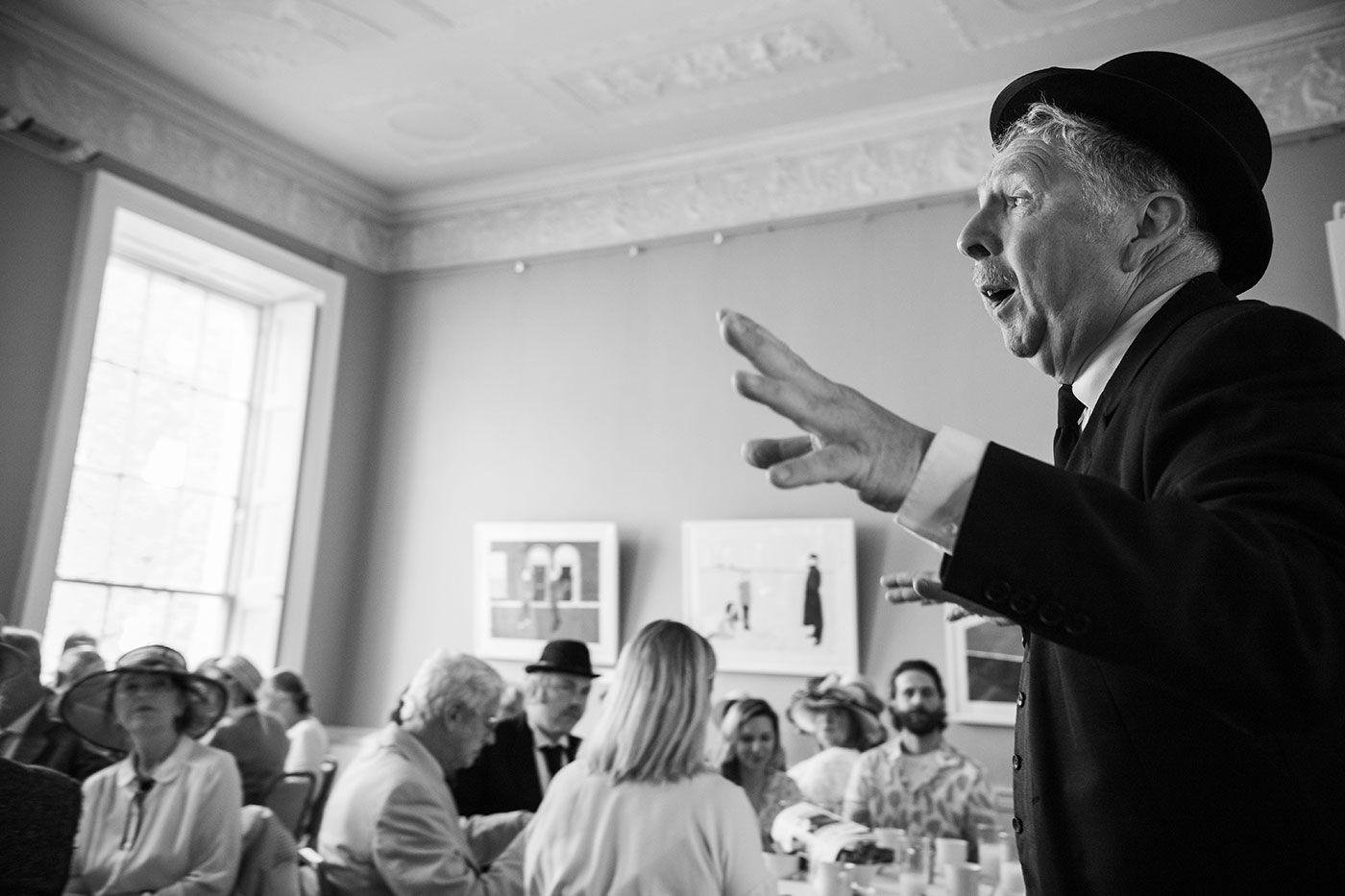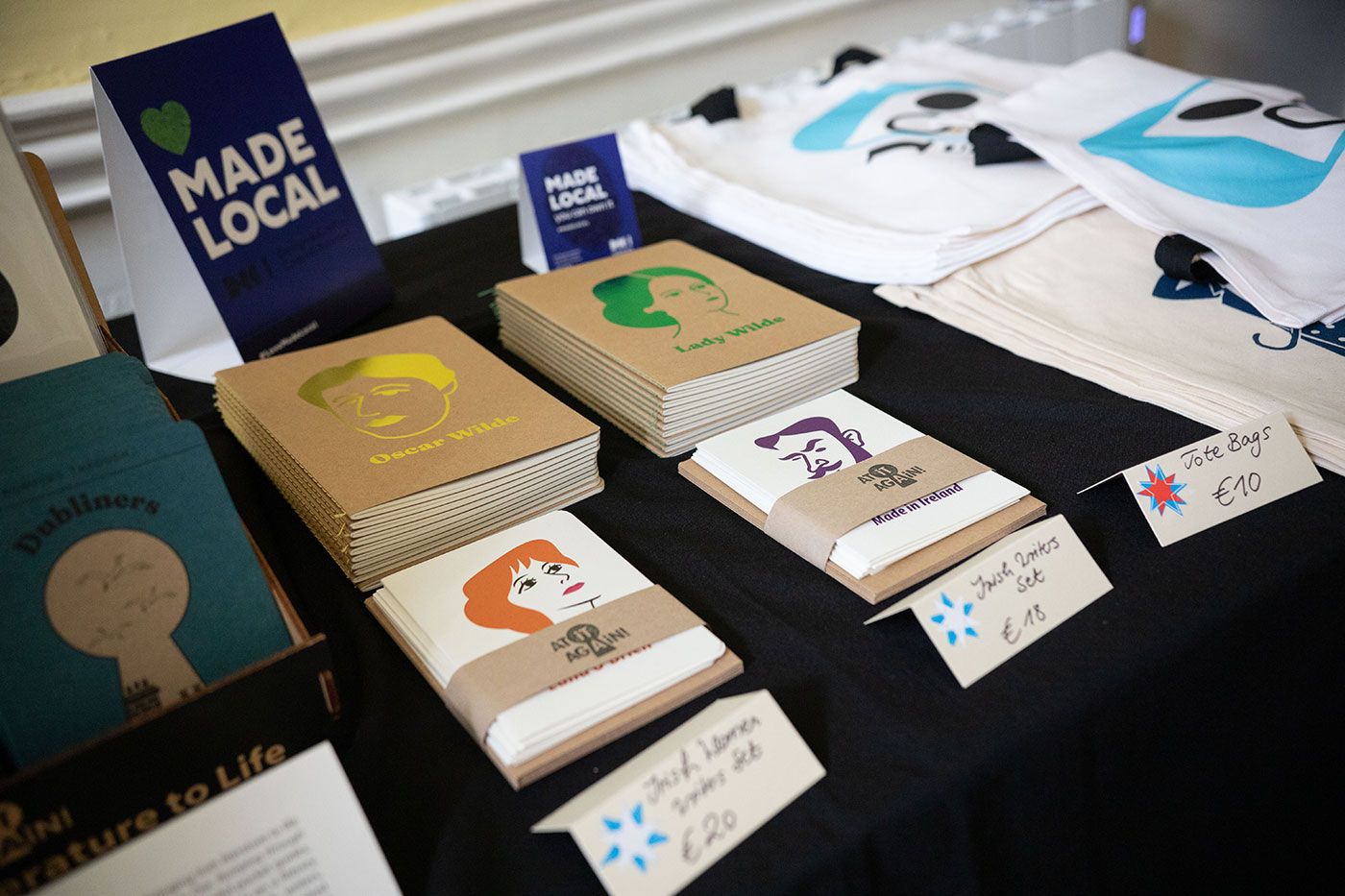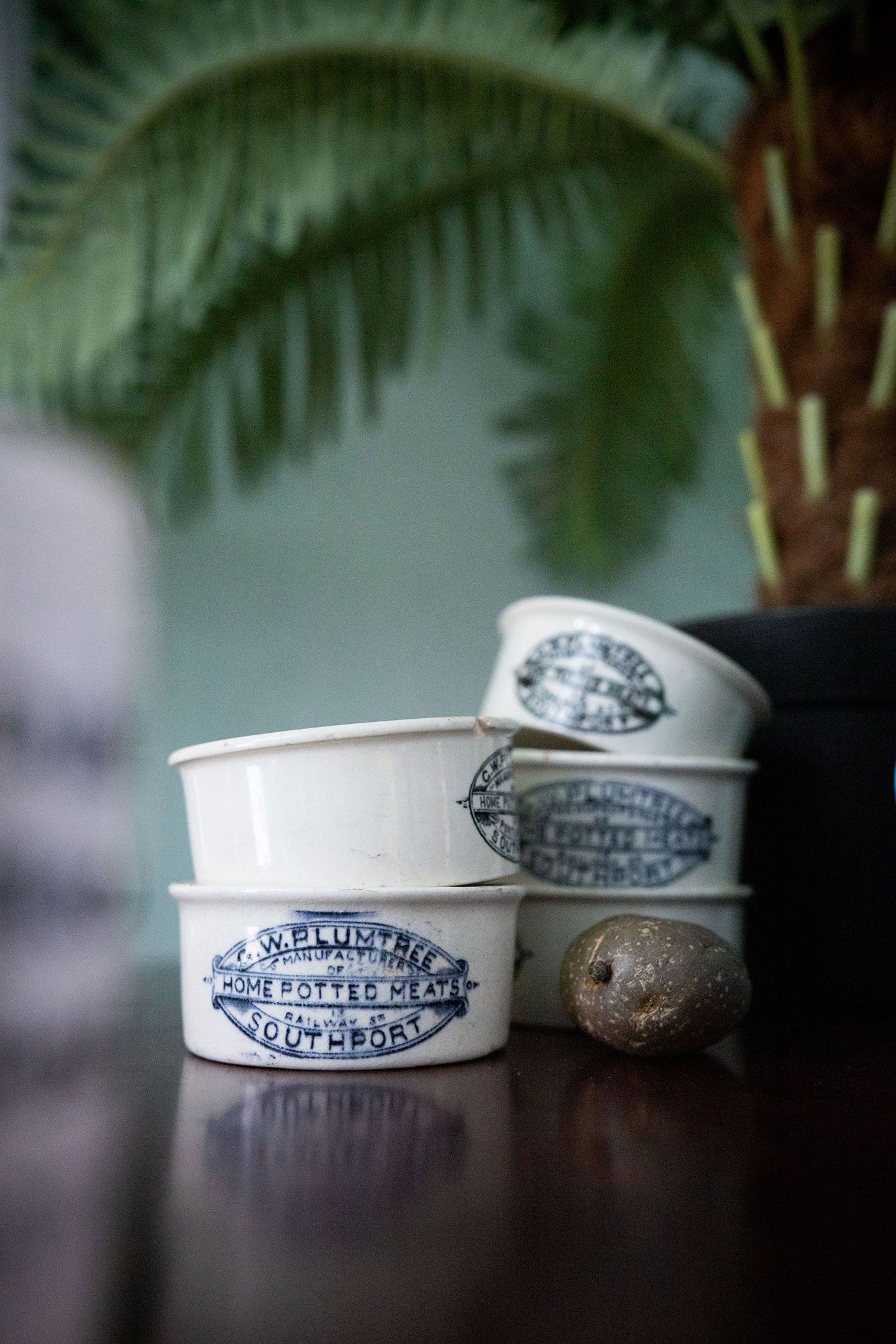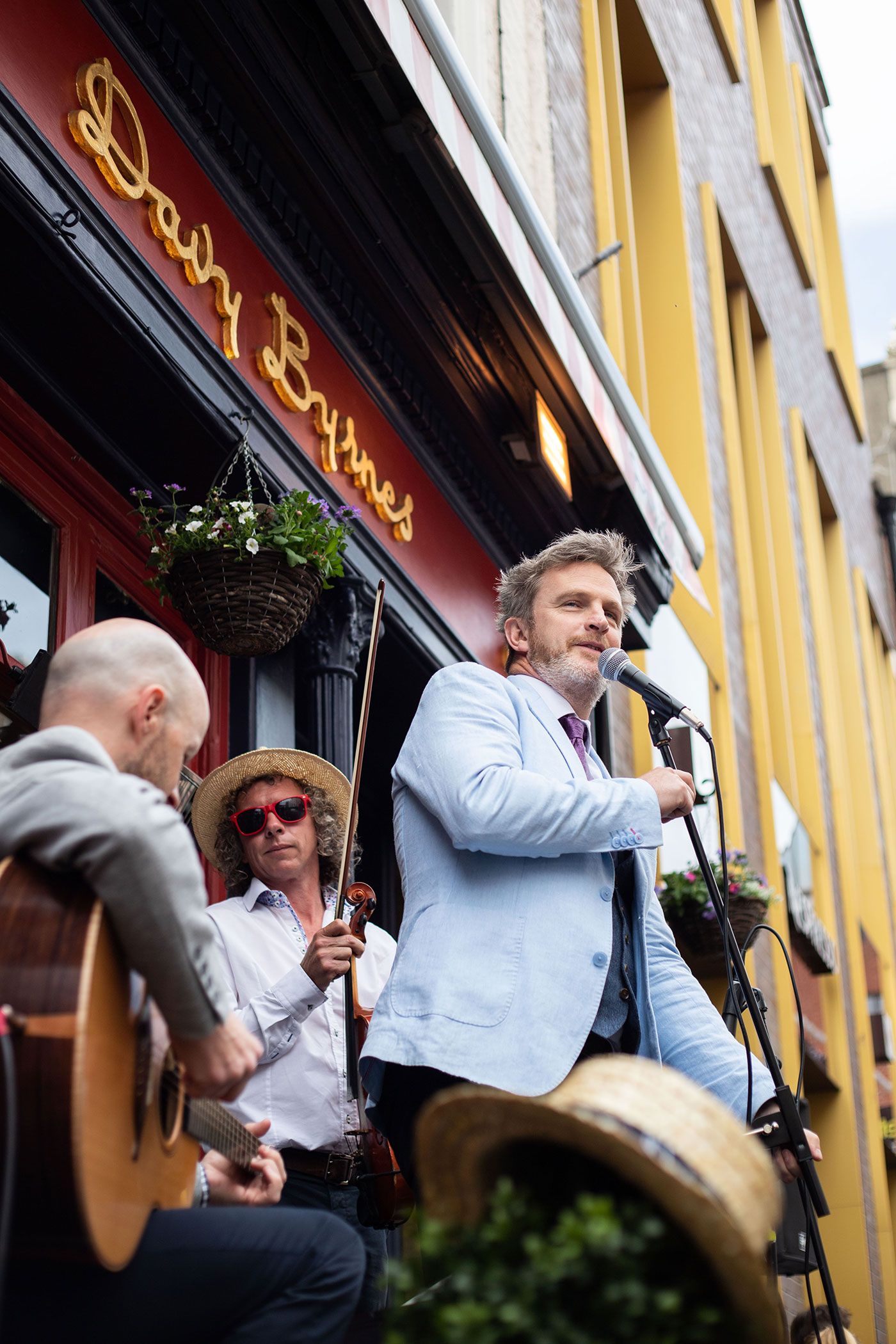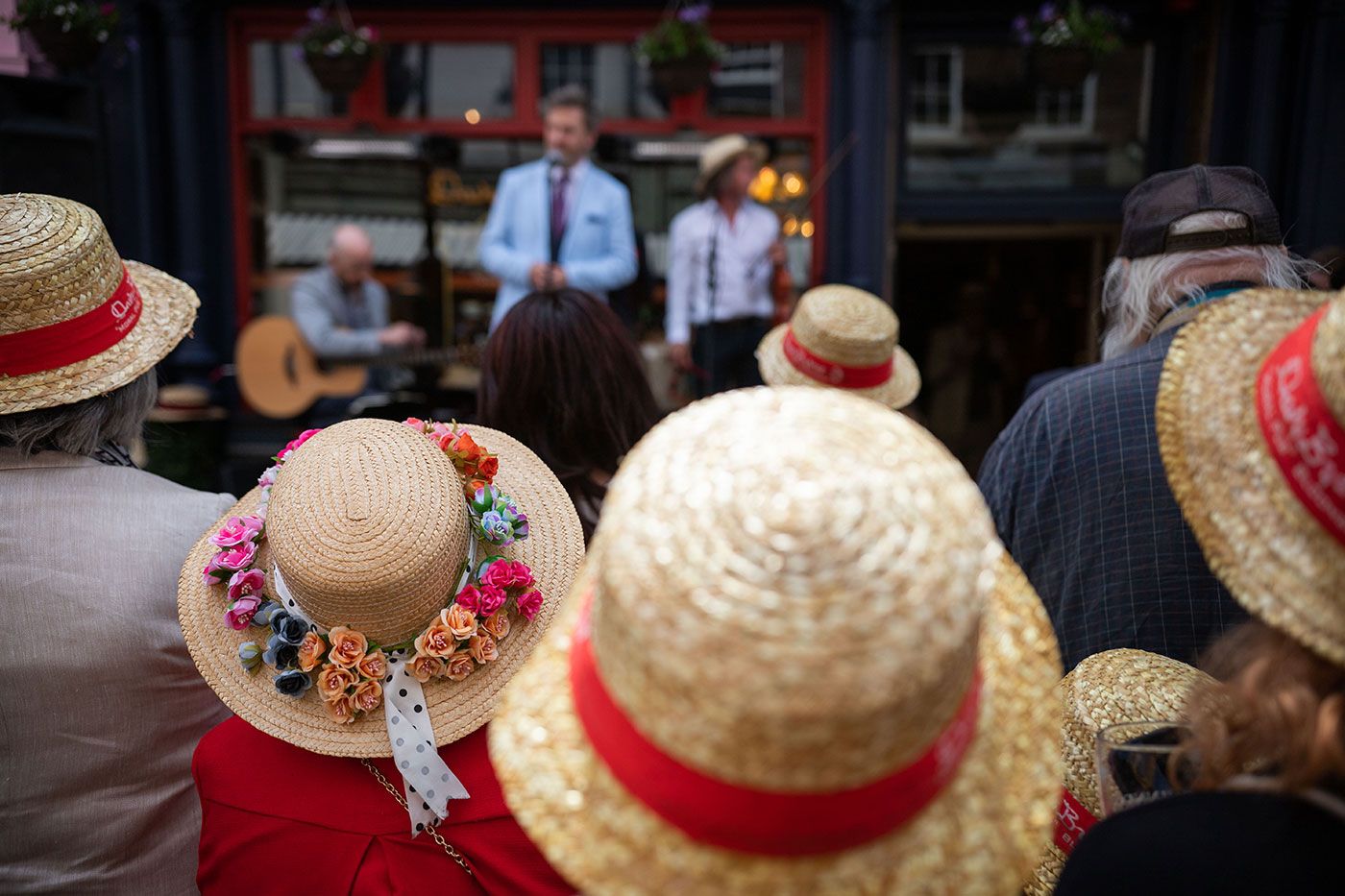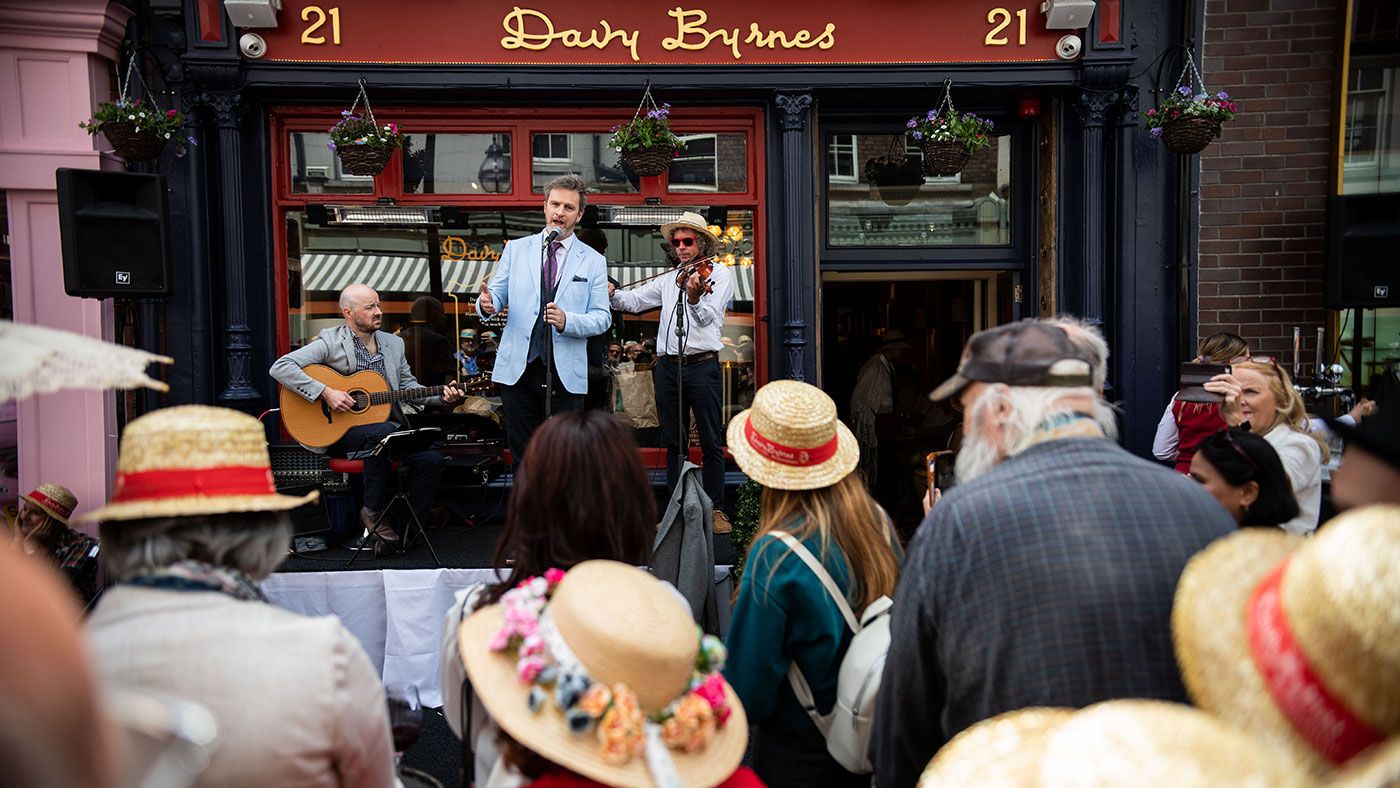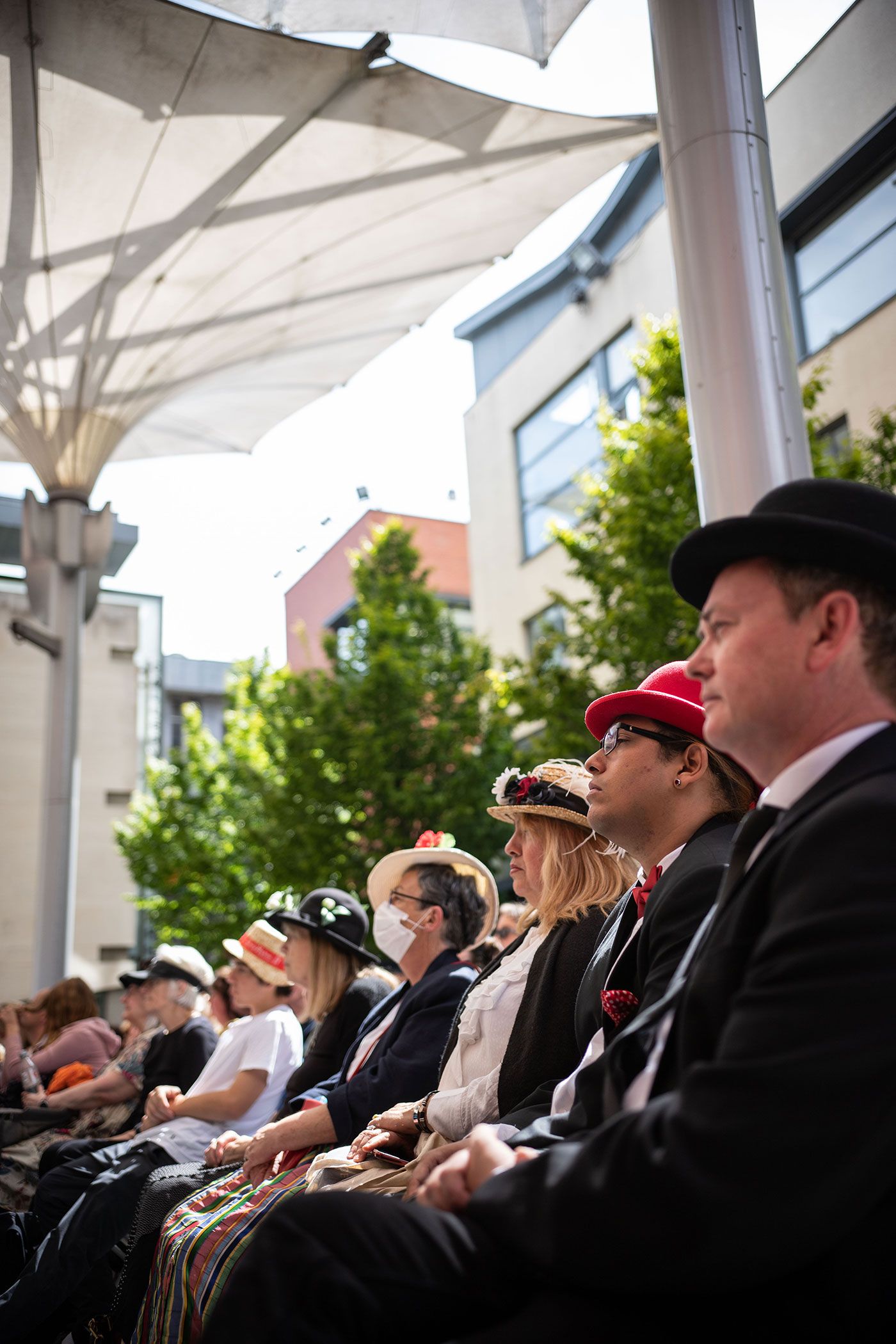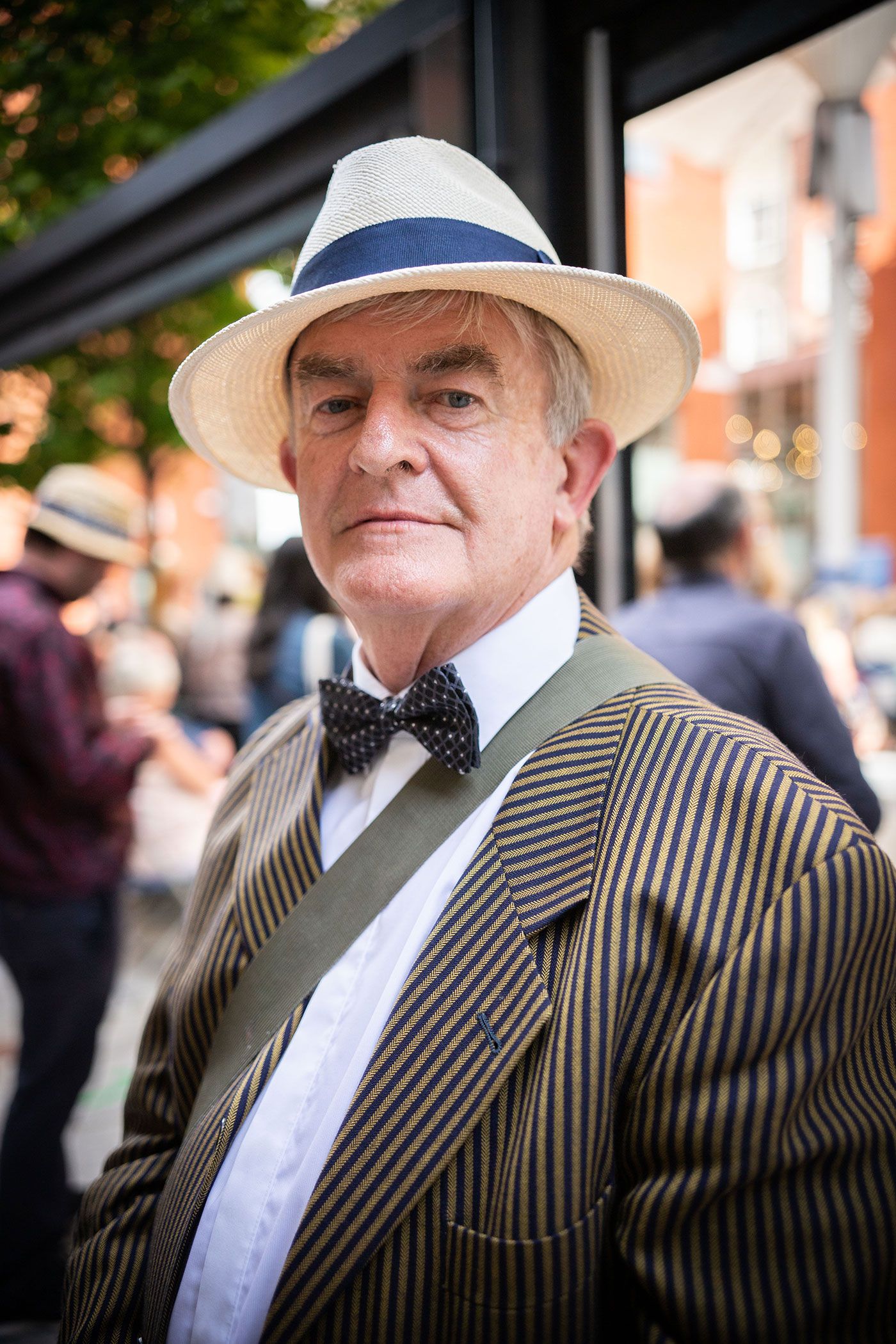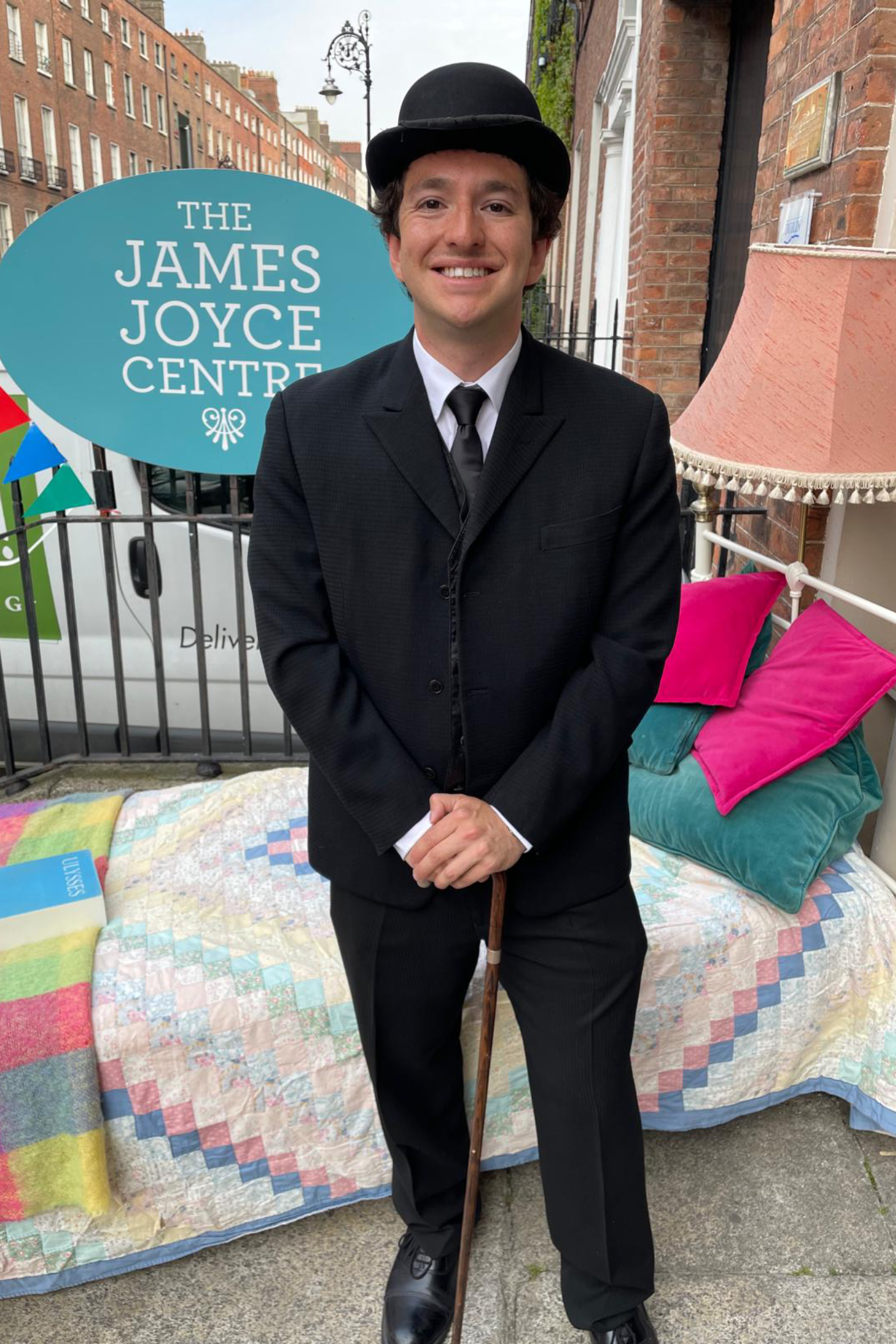What is Bloomsday?
Bloomsday celebrates Thursday, June 16th 1904, the day immortalised in James Joyce’s 1922 novel Ulysses. The day is named after Leopold Bloom, one of the novel’s protagonists. The novel follows Bloom’s life and thoughts (as well as those of Stephen Dedalus and a host of other characters, real and fictional) from 8AM through to the early hours of the following morning.
Bloomsday celebrations come in many different forms, including readings, performances, reenactments, tours, exhibitions, lectures, children’s events, a film festival, and a host of other festivities. One noticeable feature is that people will dress up like the characters in Edwardian fashion. One of the hallmark dress items found on the streets of Dublin that day is the straw boater hat, a fashionable and iconic summer hat donned by many at the time — including none other than Joyce himself — as well as the iconic bowler hat donned by Bloom and his contemporaries.
Bloomsday is celebrated by Joyceans and admirers of literature across the globe. It is one of Dublin’s largest festivals, boosting of nearly 100 separate events throughout the city and drawing in thousands of visitors from around the world. Given its scope and focus of a particular novel and city, Bloomsday is unparalled in the world as a literary and cultural festival.
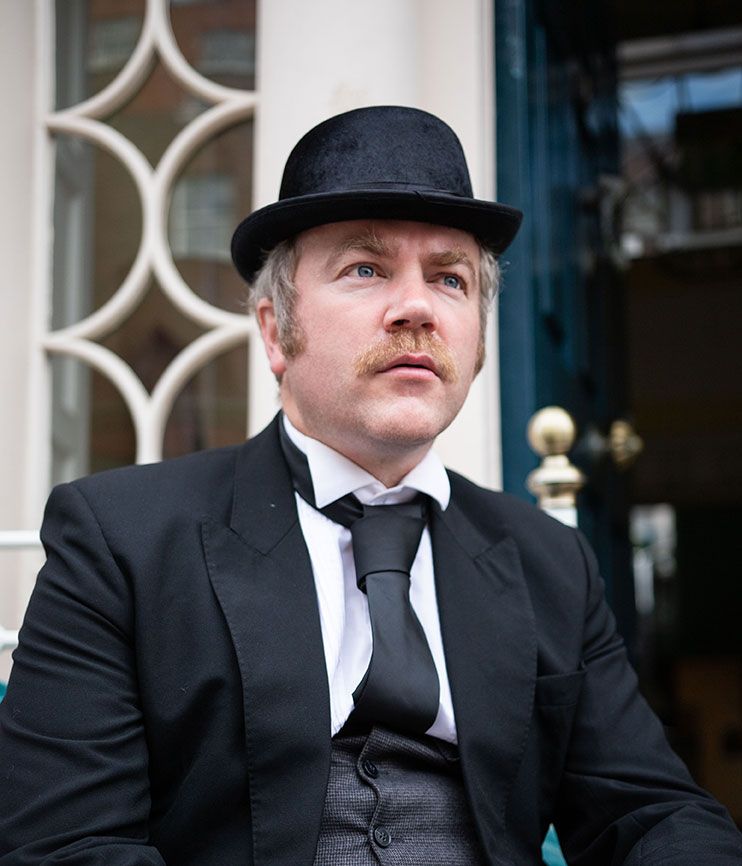
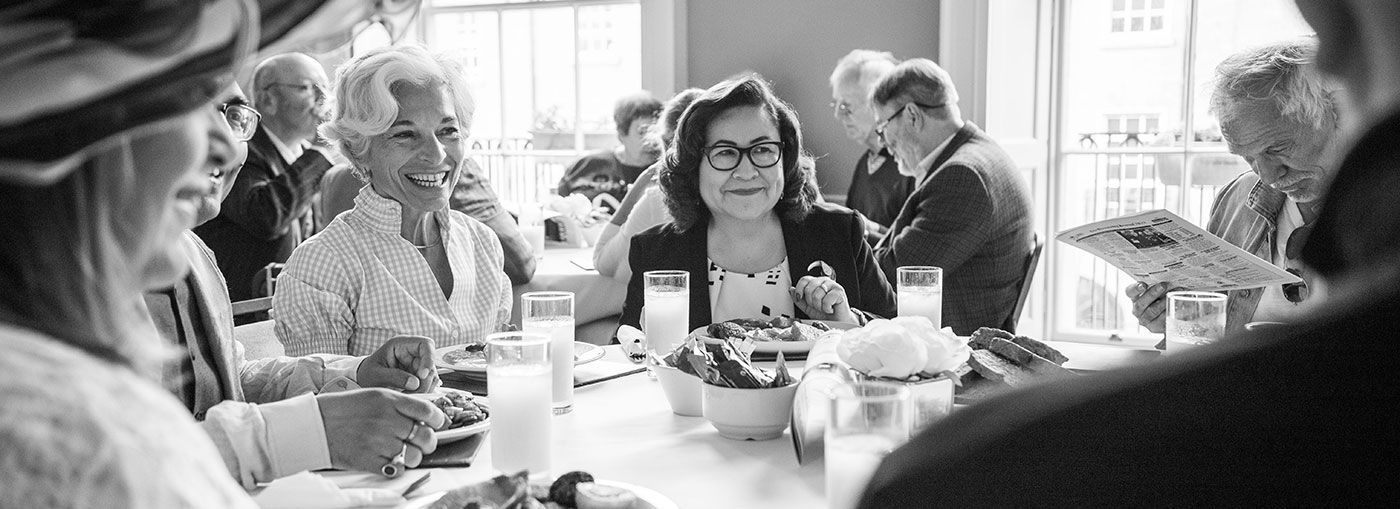
The History Of Bloomsday
Joyce started writing Ulysses in 1914 in Trieste. On 16 June 1915, he wrote to his brother Stanislaus that he had finished the first episode of Ulysses. He would work on the novel in Trieste, Zurich, and Paris under strenuous circumstances. After Ulysses was published on 2 February 1922 (Joyce’s 40th birthday) in Paris, some of Joyce’s friends and many admirers began to mark the 16th of June as ‘Bloomsday.’
On 16 June 1924, Joyce was in the hospital, his eyes bandaged after having surgery on them (this was one of the dozen of such procedures he would have in his lifetime). Friends had sent him a bouquet of white and blue hydrangea flowers. White and blue, the colours of the Greek flag, were the colours chosen by Joyce for the cover of the now-iconic cover of Ulysses. Joyce despondently scrawled in his notebook: ‘Today 16 June 1924 twenty years after. Will anybody remember this date.’
As it happened, that day saw the first recorded celebration of Bloomsday, just two years after the novel’s publication. We are not too sure of the details, but Joyce’s long-time patron, Harriet Shaw Weaver, wrote a letter to Joyce informing him that ‘a group of people who observe what they call Bloom’s day — 16 June’ had gathered in Dublin.
The first major celebration of Bloomsday came in 1929. Adrienne Monnier, the partner of the publisher of Ulysses, Sylvia Beach, published the French translation in February. To celebrate the 25th anniversary of the first Bloomsday, she organised a ‘Déjeuner Ulysse’, a luncheon at the Hôtel Léopold (appropriately enough) near Versailles that June. The event, however, took place a little late, on the 29th rather than the 16th.
No further Bloomsday celebrations were recorded up to Joyce’s passing in 1941. Sadly, Joyce marked Bloomsday in 1940 by fleeing occupied-Paris.
The first Bloomsday celebrated in Ireland was in 1954 on the 50th anniversary when the writers Patrick Kavanagh and Flann O’Brien as well as a few others visited the Martello Tower at Sandycove (where the beginning on the novel takes place) and Davy Byrne’s pub on Duke Street (where Bloom eats a gorgonzola sandwich with a glass of burgundy), reading parts of Ulysses and drinking a great deal as they went. They intended to end in the infamous Monto or ‘Nighttown’ district from the ‘Circe’ episode, although due to the prevailing social mores of the time (and the excessive drinking), they did not make it past Davy Byrne’s.
Slowly but surely, Bloomsday grew in Ireland and beyond. It was first celebrated in the United States in 1962 at the Gotham Book Mart in New York. The James Joyce Society of New York delievered a full-length reading of Ulysses, a tradition that is still carried on. That same day, the Martello Tower at Sandycove was opened to the public as the James Joyce Tower & Museum, with Sylvia Beach on hand at the opening ceremony.
On Bloomsday 1967, Patrick Kavanagh, Flann O’Brien, and James Ryan ‘rescued’ the door from No. 7 Eccles Street (which was being demolished to make way for the Private Mater Hospital) and placed in the Bailey’s Pub on Duke Street. ‘I declare this door shut,’ Kavanagh was reported to have said. The door stayed in the Bailey’s for decades until it was moved to the James Joyce Centre in the 1990s, where it remains.
This ‘rescuing’ notwithstanding, Bloomsday celebrations were rather muted in the 1960s and 1970s, having become synonymous with ‘academics’ and ‘experts’ who ‘drove away’ ordinary Dubliners. Moreover, Ireland still had its fair share of weariness of Joyce, who clashed with the conservative elements of Irish society that proved pervasive, not the least of which were enforced by the Catholic church.
The centenary of Joyce’s birth in 1982 helped to change this attitude towards Bloomsday. Increased publicity, commemorative material, and special events helped to enliven Irish people’s interest in Ulysses and Joyce. Among other events, RTÉ released a 30-hour reading of the novel and a bust of Joyce was unveiled in St. Stephen’s Green. A massive cidywide reconstruction of the ‘Wandering Rocks’ episode involving 150 actors in period costume took place. The James Joyce Centre was opened with Lord Mayor Alexis FitzGerald Jr. handing over the keys of No. 35 North Great George’s Street to Senator David Norris.
By the late-1980s, Bloomsday was an established annual event — with complications. On one Bloomsday, for example, there were only 66 visitors to the James Joyce Tower & Museum, half of which were a school group supposed to be at the Maritime Museum, which was closed! Despite this seeming disinterest, every year saw some new anniversary or publication which linked in the festivities, and it continued to grow and grow. In 1994, the first Bloomsday Festival, the weeklong celebration we know today, was organised on behalf of the city of Dublin by the James Joyce Centre.
Today, Bloomsday is one of Dublin’s (and the world’s) most iconic literary and cultural celebrations.
Below are some photos of Bloomsday celebrations in Dublin in years past. We hope that you can join in on the fun this June!
Bloomsday Gallery
What else to do in Dublin?
Enhance your time in the capital by visiting other exciting and immersive Dublin experiences.
-

Hugh Lane Gallery
Located in Dublin’s City Centre, in Parnell Square, Hugh Lane Gallery, (originally named Municipal Gallery of Modern Art), houses one of Ireland’s most exciting collections of modern and contemporary Irish and international art. It is also the home of Francis Bacon’s Studio. The gallery was founded by Sir Hugh Lane in 1908 as part of the dynamic and pioneering Celtic Revival Movement in Ireland at the turn of the 20th century.
-

Trinity College Dublin
Enter a world of history & heritage by visiting Trinity College Dublin, home to the Book of Kells. Explore the 47-acre city centre campus and uncover the hidden gems of Ireland’s oldest university.
-

Kilmainham Gaol
For over 100 years Kilmainham Gaol held thousands of men, women and children for crimes that ranged from minor offences to being involved in some of the most momentous events in Irish history.
A visit to Kilmainham Gaol will take you on a journey through Irish history. You will discover the stories of people held here as ordinary criminals alongside those who fought for Irish independence. From the 1798 rebellion, to the 1916 Easter Rising, the Anglo-Irish War (1919-21), to the devastation of the Irish Civil War (1922-23) all these important events have a chapter in the story of Kilmainham Gaol.
-

Glasnevin Cemetery
Glasnevin Cemetery has been at the heart of some of the key moments and events in modern Irish history. Many of the iconic figures from that history are buried here: Daniel O’Connell, Michael Collins, Éamon de Valera, and Countess Markievicz to name just a few.
Glasnevin is now a significant destination for visitors, tourists and scholars who wish to learn more of the people and events which shaped the Ireland of today. It is a place of extraordinary social, cultural and historical significance that has earned it the title Ireland’s National Cemetery.

